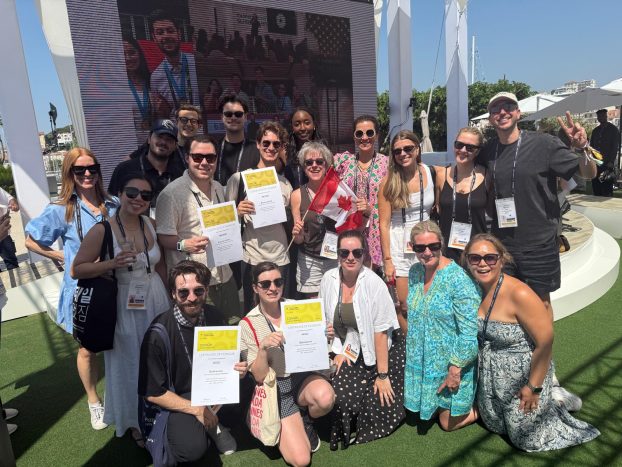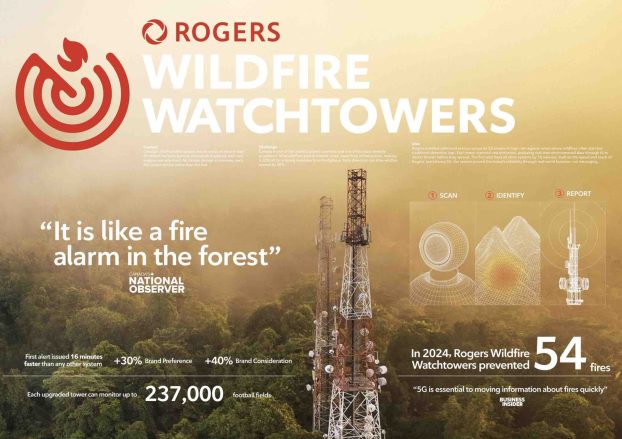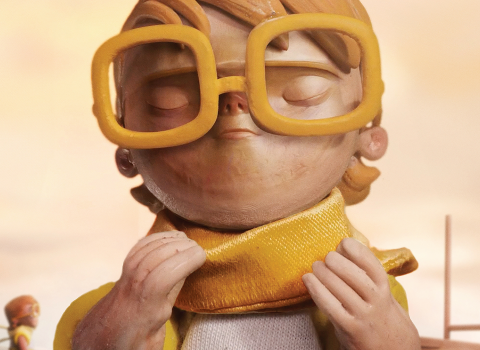Should there be a legal avenue for clients to sue their agencies for malpractice?
Not long ago, after trying to decipher Ericsson’s recent incomprehensible outdoor campaign, I posed that question to my agency colleagues – more just to gauge reaction than anything else. The debate boiled down to this – who is responsible for the quality and effectiveness of the creative product? In other words, if the creative doesn’t do the job, whose fault is it?
Lots of folks believe the responsibility rests with the client. They set the objectives. They approve briefs. They approve creative. They insist on starbursts. Presumably, they have marketing or advertising backgrounds, though not always. Ultimately, the client has the power of the veto and the customer is always right.
Frank Casera, associate creative director at Publicis•Dialog, says that creative people know this. "There are instances where we, as creative people, must pick our battles. You can’t win every time, but you can sure try winning the ones that count." When they don’t win, agencies provide their best advice, then suck it up and move on, he says.
The other side of the argument is that agencies are professionals. They are paid for their expertise and advice. And while clients may set objectives, agencies are responsible for strategic direction. They write the words, make the pictures and the sounds. They create those massive media blocking charts. It’s their job to make the communications work.
Let’s look at the debate from a different angle. Who is responsible for great creative? At first blush, that seems easy – the agency. Our various industry circles of love, known as award shows, were created by and thrive on, the agency ego. But what about the work being done by the Gap, for example? They don’t have an agency. The fact is there are some clients out there with brilliant strategic and creative minds.
What the Gap and other like-minded clients have done is revel in risk and win. As Casera says, "There is an element of trust and risk involved in a great idea. When it really comes down to it, there are fewer and fewer marketing executives willing to take a risk for a groundbreaking idea."
Mark Dwyer, creative director at Padulo Integrated agrees. "I think some clients who insist creative never be ‘risky’ or ‘negative’ do so because bland, unnoticeable advertising is less likely to threaten their jobs."
This goes to the whole dynamic of the client/agency teaming. "Whether creative is bad or good is dependent on the relationship between the client and the agency," says Grace Chan, director of integrated and direct marketing at RBC Insurance. "A positive synergy is essential between the two parties."
A true partnership with a client is every agency’s nirvana. In this scenario, the client does not make a move without consulting the agency for some kind of point of view. It’s much like a marriage, one supporting the other. Together they can dominate a product category.
But when things don’t click, they can be like two hung-over strangers after a one-night stand, wondering who the hell the other is. This is more commonly known as the "vendor relationship". Here a client uses its agency like it would any other supplier. Creative is a commodity and the lowest quote rules.
Casera has been there. "At the end of the day, we can be looked upon as suppliers and not real partners. This has implications on the creative development process because we are always second-guessing what the client’s reaction will be. A fluid exchange of ideas is lost."
But it’s not always a bad client that takes the creative on a wrong turn. There are bad agencies too, like the agency that is self-indulgent and chooses the clever set of words that are the equivalent of an inside joke. There is little regard for the job those words have to do. Strategy takes a backseat to creative. Trust us, it’ll work – we’ve won lots of awards, you know.
Ball-busting client or airy-fairy agency, either way – one thing is certain. It takes both a good client and a good agency to make great creative. But if just one of those two parties doesn’t have what it takes, bad creative is almost always the result. A talented agency can rarely overcome the vagaries of a bad client. A client with vision can never compensate for a weak agency.
In the end, "there really isn’t one side that is at fault. Usually, it’s both," says Chan. "Bad creative comes from either an agency that really doesn’t understand the product or from a client who either ‘waters down’ the creative idea or provides a personal view that really doesn’t reflect the mind of the consumer."
Dwyer sums it up. "Here’s the recipe for bad creative – take a client who is most comfortable with creative that’s quiet, unnoticeable and is easy to sell internally. Add an agency that believes the only way to keep the revenue coming in is by keeping the client comfortable. Voilà. Bad creative."
Given the complexities of the creative process, agency/client relationships and the subjectivity that is the nature of creative, it is impossible to pin bad creative on either party. It just covers both with a sticky film.
Who knows where the Ericsson campaign went off the rails? The bottom line is that someone signed off on that stuff. With sign-off authority comes the responsibility of making sure one is getting the best work possible. That means heeding the advice of the agency and tempering that with one’s own knowledge of the brand and the consumer. Bad creative never happens without the permission of the client but, then again, sometimes they’re not always given much of a choice.
Mark Dwyer’s Top 10 Reasons for Bad Creative
10. Clients who insist that creative is never "risky" or "negative".
9. Agencies that insist on making all creative "edgy", whether it supports the brand’s personality or not.
8. Clients who bring in the real decision-makers late in the game – a tactic designed to ensure "safe" creative.
7. Agencies that fail to convince their account people that the most brilliant and effective creative often starts with a brilliant insight. Don’t let the creative people hog all the glory – get in there early and often with great insights.
6. Clients who hate "paying for white space" and demand ads that choke on their own ink.
5. Agencies who let their art directors design billboards with words and logos so tiny that only the guys that put them up know what they are about.
4. Clients who suspect agencies only show them work that will win awards.
3. Agencies who fail to convince their clients that the most effective creative generally is award-winning creative.
2. Clients and agencies who let research squash great ideas. (Asteroids, my ass. Research killed the dinosaurs.)
1. Agencies who let their creative directors spend valuable time writing about who to blame for bad creative rather than coming up with great creative themselves.
Pamela Davis is an account director at FCB Direct in Toronto. She avoids taking credit for anything that isn’t worth taking credit for.




























